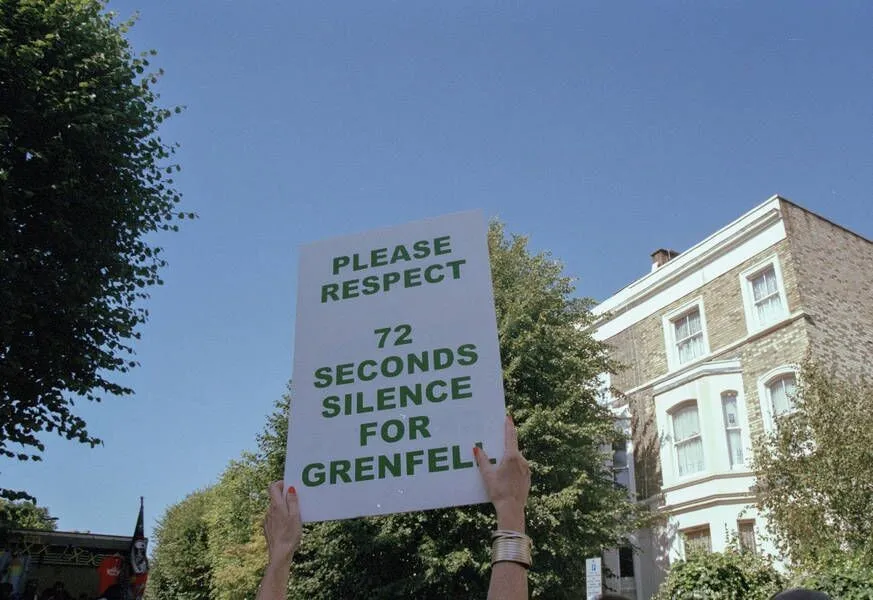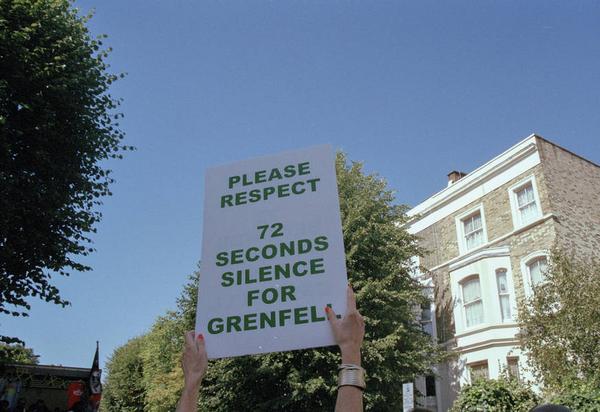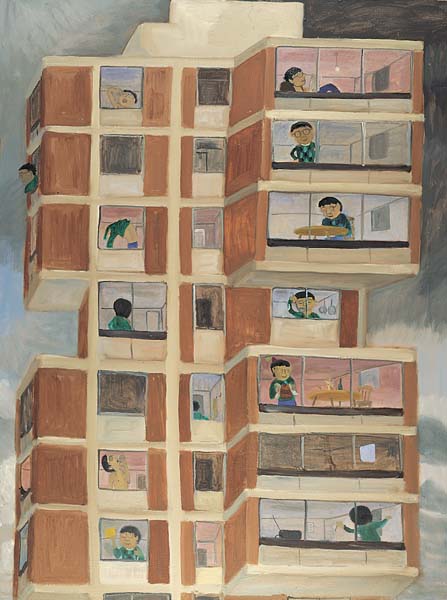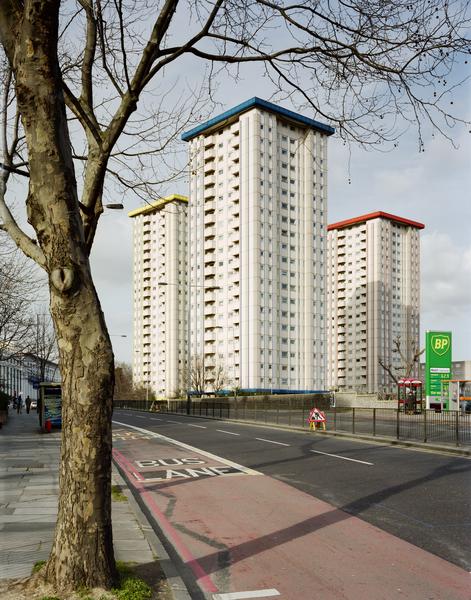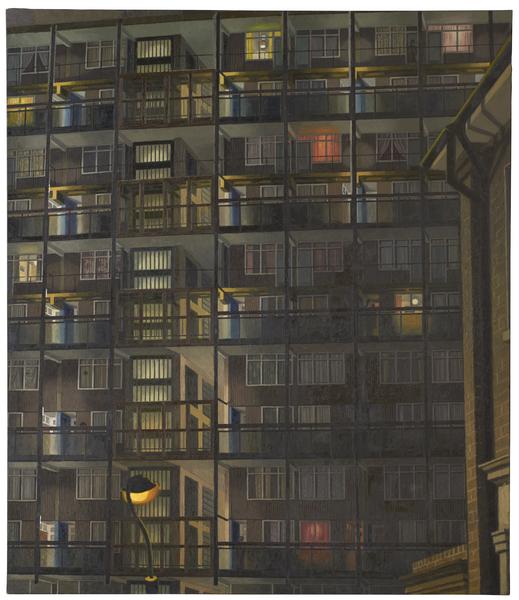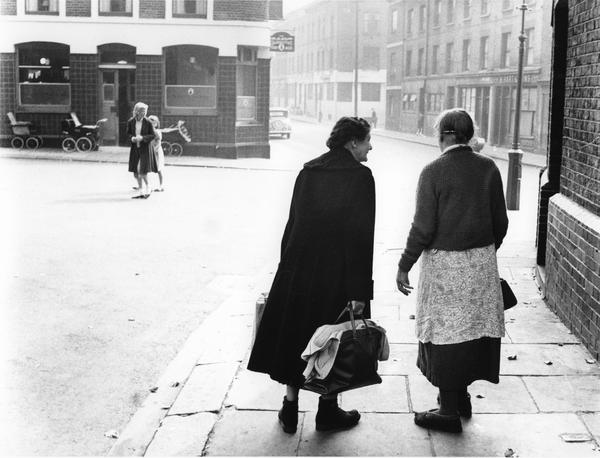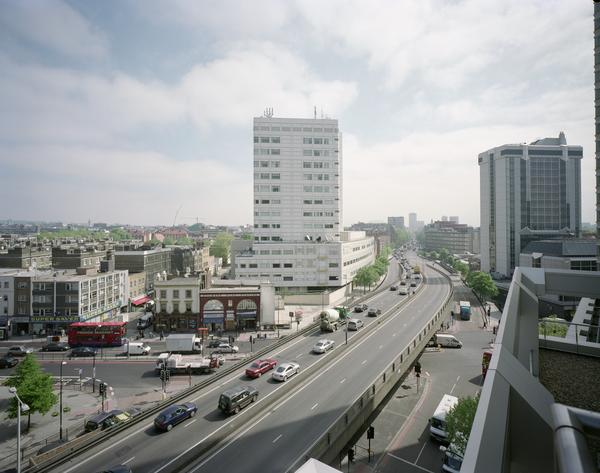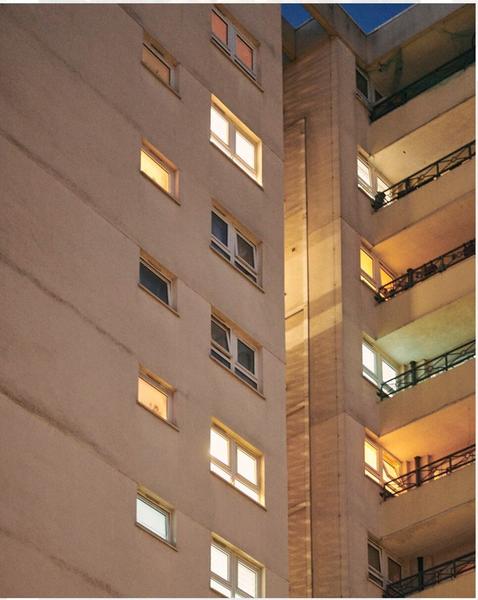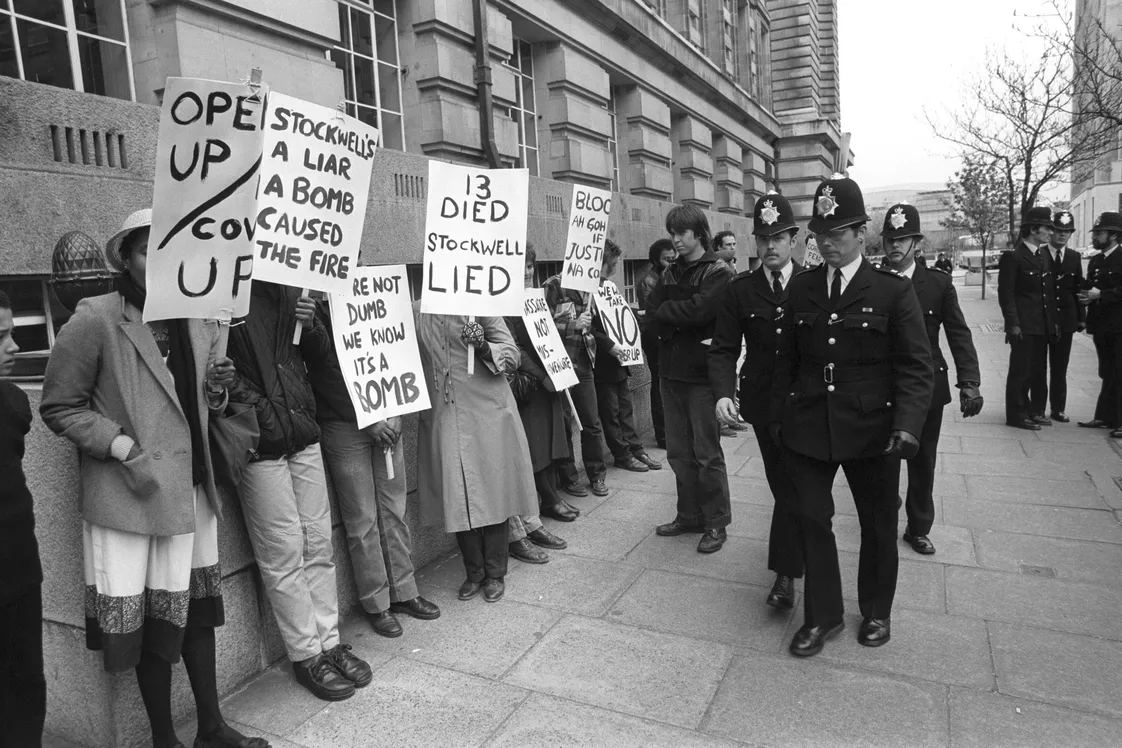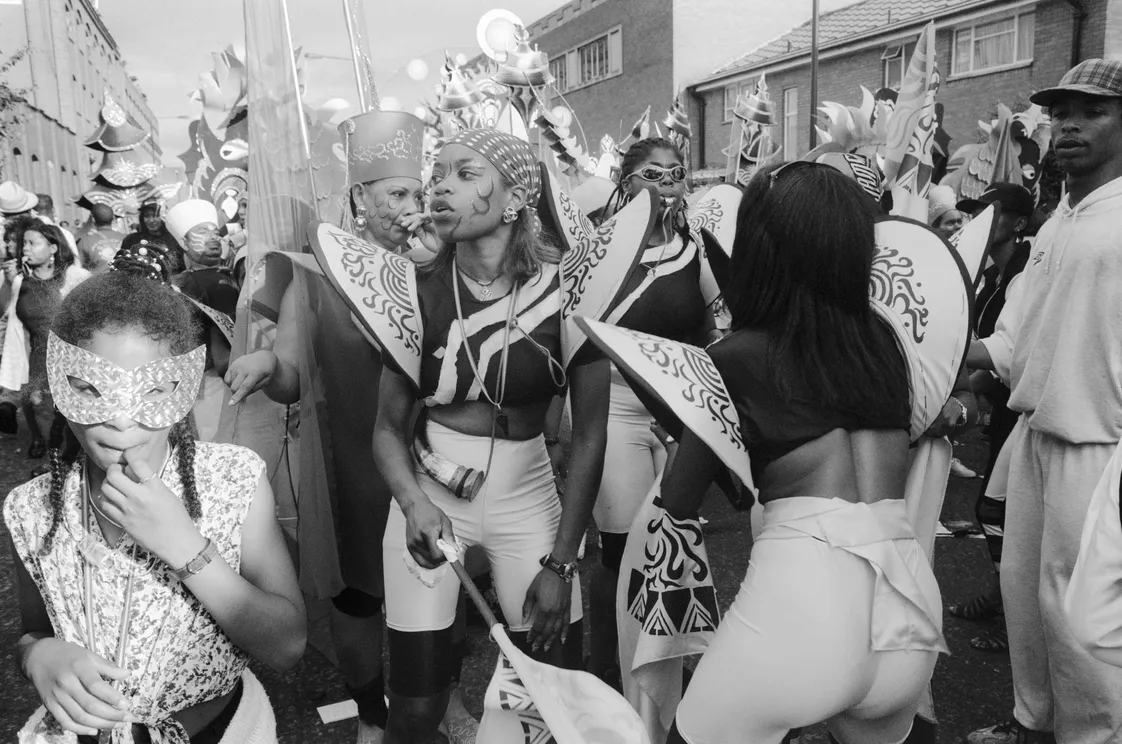The Grenfell Tower fire
On 14 June 2017, a fire spread through Grenfell Tower in North Kensington, killing 72 people. It was one of modern London’s worst disasters, and highlighted the city’s severe housing inequalities.
North Kensington, west London
14 June 2017
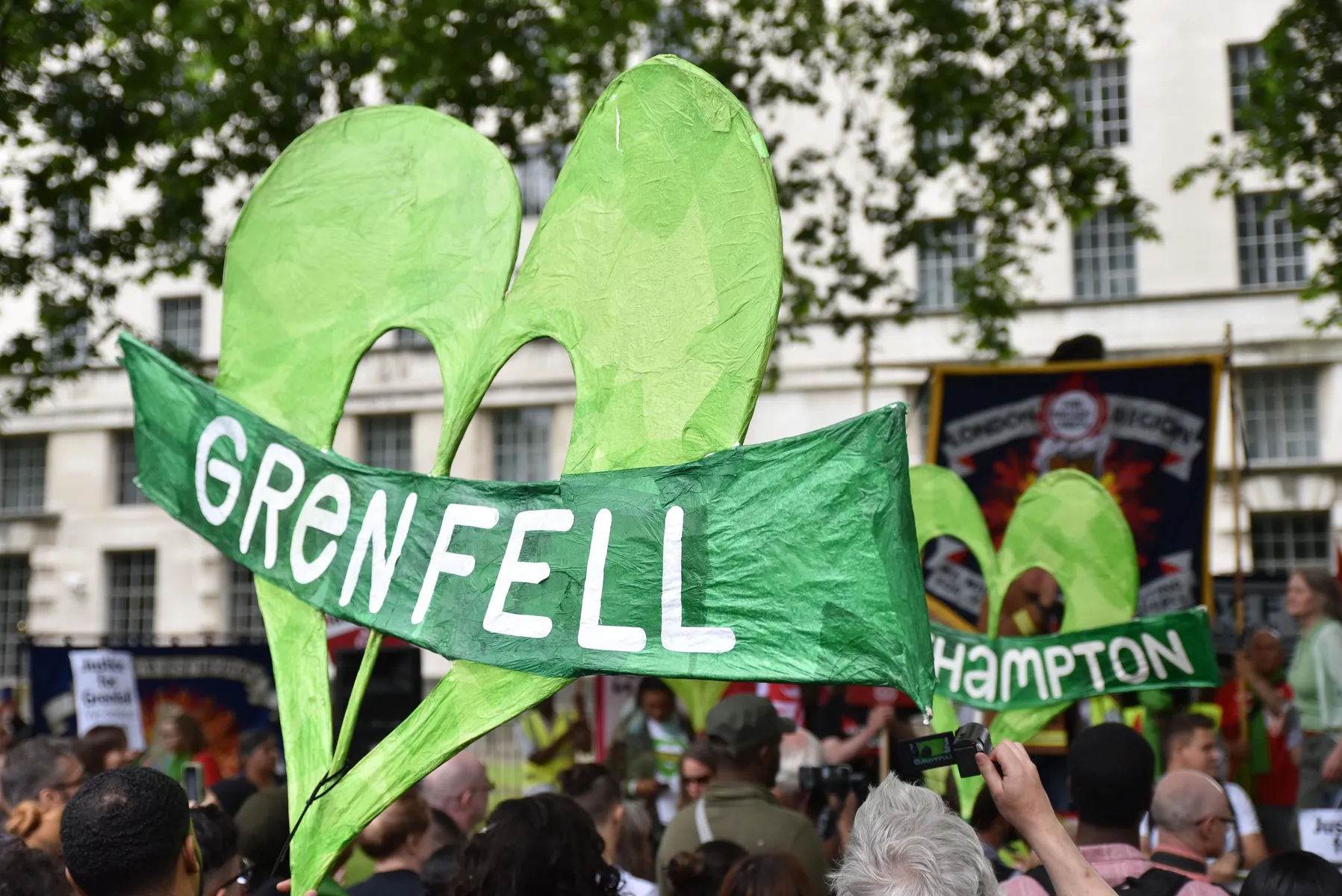
A Justice for Grenfell march in 2018.
21st-century injustice
The effects of the Grenfell Tower fire didn’t stop with those who lost their lives or their homes. It affected anyone who’d ever lived in a tower block. And everyone who knew that this shouldn’t happen in 21st-century London.
It was clear that residents weren’t as safe as they should have been. They’d complained beforehand.
An inquiry later found that flammable cladding, installed in the 2010s, was the main reason the fire had spread. The inquiry blamed failures by central and local government and dishonesty by the cladding and insulation makers. It also found the builders and architects behind the installation responsible.
“The fire brought our city’s inequalities into sharp focus”
Grenfell Tower is in the borough of Kensington and Chelsea. It’s home to some of London’s wealthiest streets, and a striking contrast in income, health and housing. The fire brought our city’s inequalities – which affect people from ethnic minorities more severely – into sharp focus.
In the aftermath, artist and filmmaker Steve McQueen was determined that the tragedy wouldn’t be forgotten. His film of Grenfell Tower, made in 2017, was given to Tate and London Museum to preserve the memory of this terrible event.
Who lived in Grenfell Tower?
Among Grenfell’s residents, there were people of all ages – from six months to 84. There were taxi drivers, a marketing manager, a painter-decorator, a waiter and nursery workers.
It was a brilliantly multicultural building, where people born in London lived alongside those who’d come here in search of opportunities or safety.
When was Grenfell Tower built?
Grenfell Tower was built in the 1970s as part of the Lancaster West housing estate in North Kensington, west London.
Tower blocks like it sprouted across London in the 1960s and 1970s to replace slums with social housing, rented out by local authorities at affordable prices. Tenants were later given the right to buy their homes at a discount.
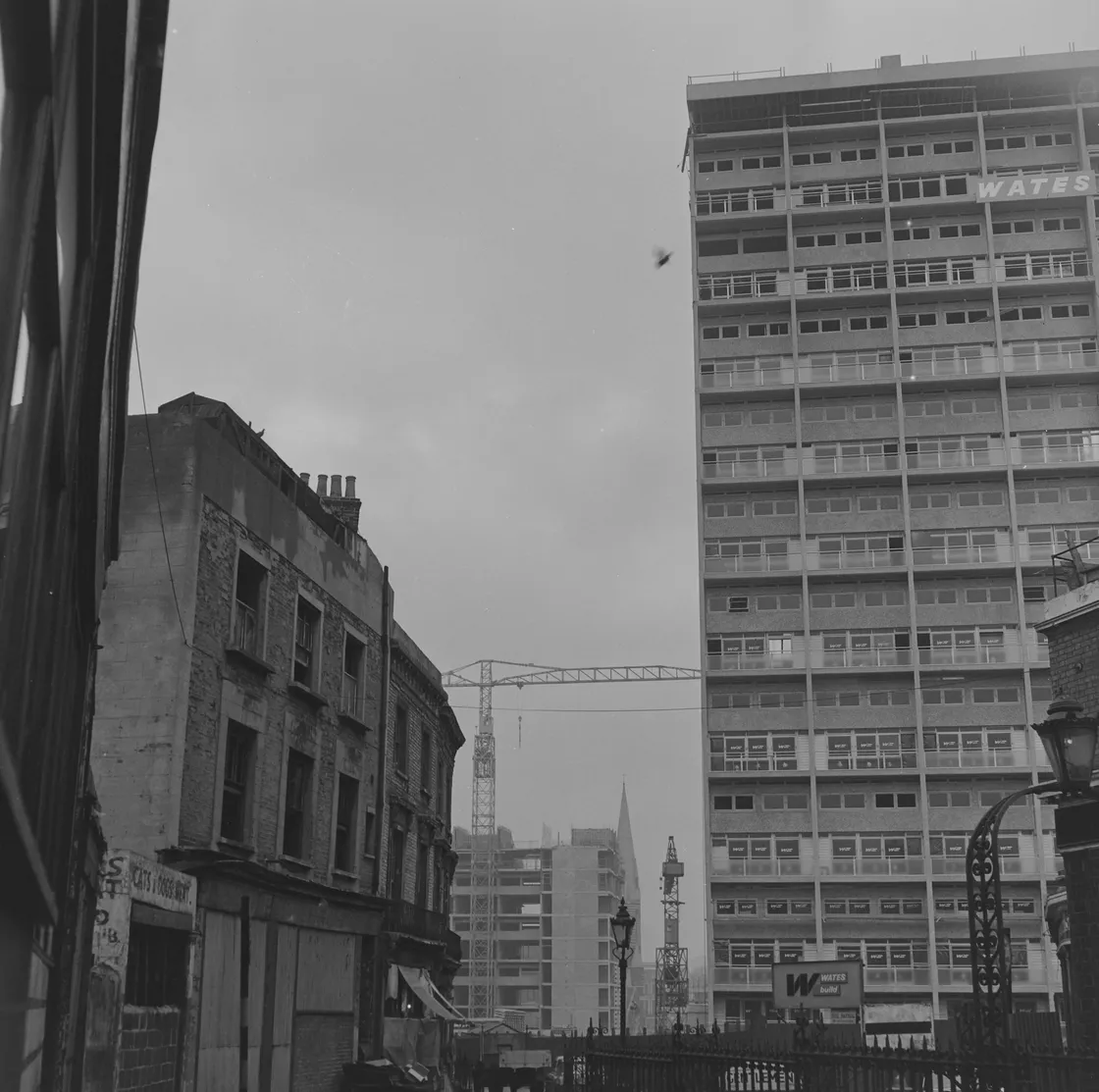
A tower block in 1965, with another under construction in the background.
In the decades since, many tower blocks have been neglected, with cuts made to the necessary care and repair of the buildings. In the case of Grenfell, residents regularly complained about problems with the building, including fire safety risks.
“only a catastrophic event will expose the ineptitude and incompetence of our landlord”
Grenfell Action Group, 2016
How did the fire start and spread?
The Grenfell fire was started by an electrical fault in a fridge-freezer in one of the fourth-floor flats. Cladding attached to the outside of the building set alight, spreading the fire between floors.
The fire was first reported by a 999 call just before 1am. The fire reached the roof half an hour later, and by 4am, covered the entire building.
How did firefighters respond?
The first firefighters reached the tower five minutes after the 999 call. They rescued 65 people, while over a hundred escaped themselves. The firefighters showed extreme bravery. The call handlers battled against severe pressure.
Until 2.47am, they advised residents to “stay put” in their flats. The Grenfell Tower inquiry found that this advice should have changed an hour earlier, when it was clear that the fire had spread.
The inquiry found that firefighters were not properly prepared by their bosses for the situation they faced. There was no specific plan for evacuating Grenfell Tower. Vulnerable and disabled residents weren’t given personalised guidance beforehand.
The cladding
In the 2010s, aluminium and plastic panels had been attached to the 1970s tower block. This cladding helped the fire spread.
The council claimed the cladding was installed to make the building warmer and drier. But some people debate this, suggesting the council only wanted to make the building look nicer. The money, they say, could have been spent fixing problems inside the tower.
The cladding design had failed fire safety tests before it was installed at Grenfell. The manufacturers knew this, but hid the findings, lied about their products and denied responsibility.
Thousands of buildings around Britain had similar cladding and after Grenfell, had to remove it.
Who managed Grenfell Tower?
Grenfell was managed and maintained by the Kensington and Chelsea Tenant Management Organisation (TMO), on behalf of the borough council. The council was the building’s owner and landlord.
The council have been accused of failing to invest in the care of the building. The unsafe cladding chosen for Grenfell’s refurbishment was a cheaper option. And council officials have admitted that proper checks weren’t carried out to make sure it was safe.
The inquiry found that the TMO showed “persistent indifference” to fire safety at Grenfell. Before the fire, residents were already worried about fire safety in the tower block. But they were ignored. One year before the fire, residents who were part of the Grenfell Action Group wrote on a blog post that “only a catastrophic event will expose the ineptitude and incompetence of our landlord".
Steve McQueen: Grenfell
Before the tower disappeared behind hoardings, the artist and filmmaker Steve McQueen made an important record of the burnt tower. His film is one continuous aerial shot, approaching, then circling Grenfell.
McQueen had family connections to the area of west London around Grenfell Tower and ran a nearby market stall in the 1990s. After being shown at the Serpentine Gallery in Hyde Park, his film was gifted to the Tate and London Museum. As part of our collection, the film will ensure the tragedy is never forgotten in London.
Inquiry and investigations
A government inquiry was established in 2017 to find out what happened at Grenfell and what should be changed to prevent a repeat. The Grenfell inquiry’s final report was published in 2024.
A police investigation was also set up to prosecute those responsible. This criminal investigation would follow on from the publication of the report.
Throughout this extended process, on the anniversary and half-year anniversary of the fire, residents and activists organised silent walks in the area, honouring the 72 lives lost and demanding “justice for Grenfell”.
In 2025, the government announced that Grenfell Tower would be taken down.


